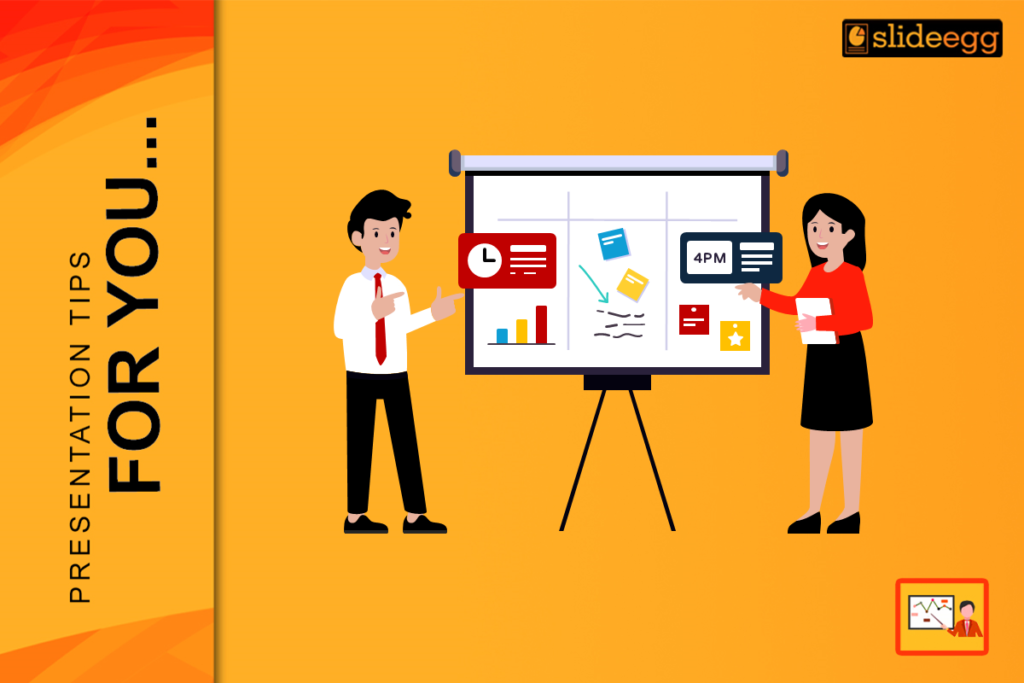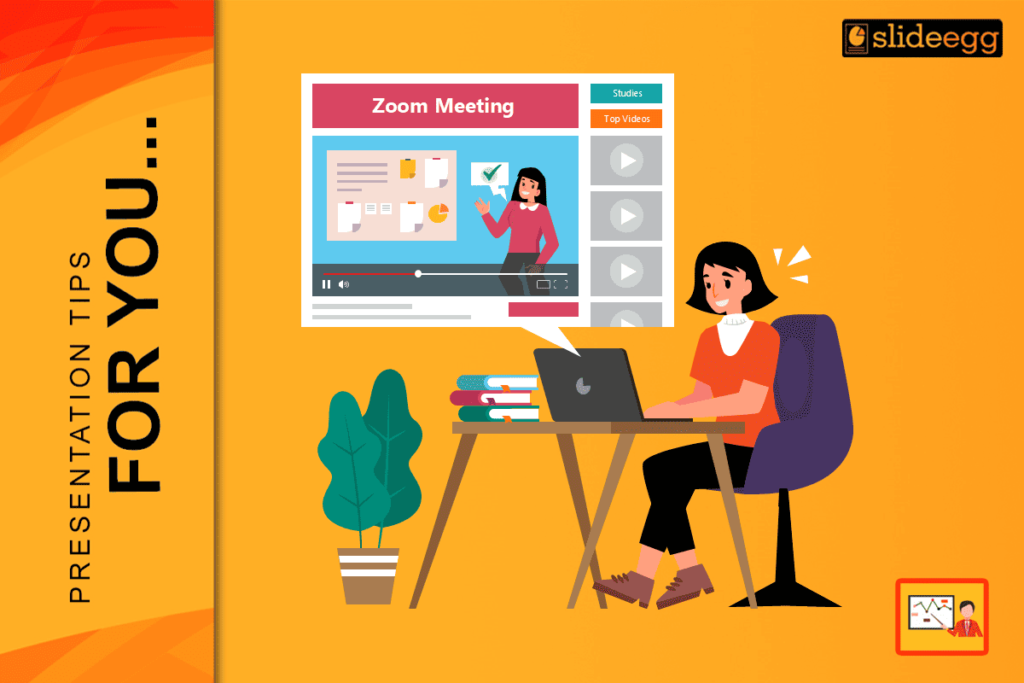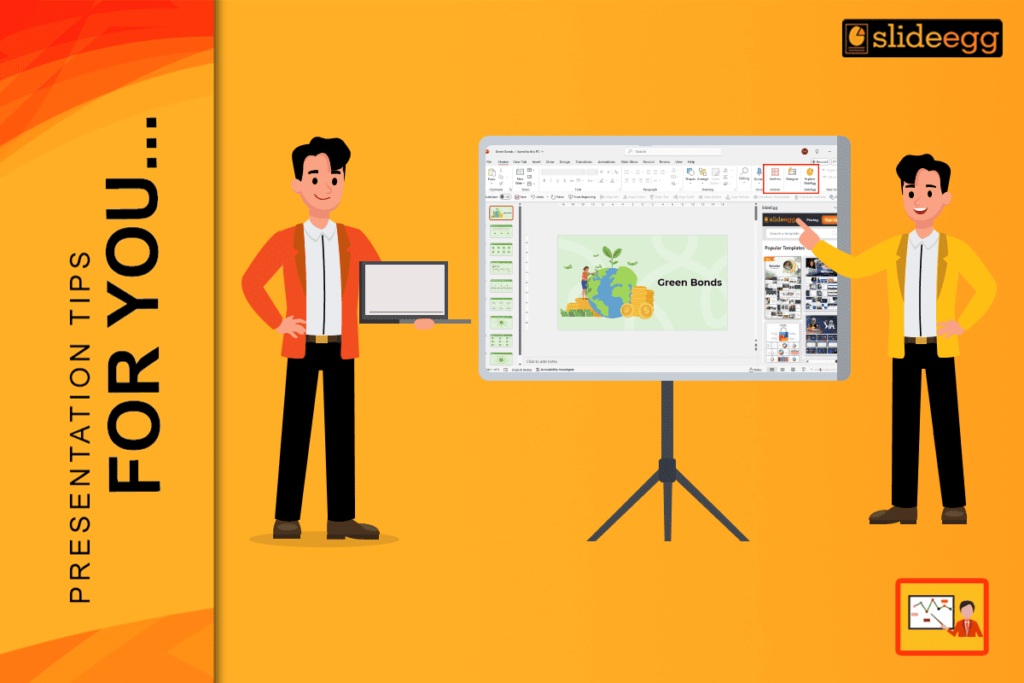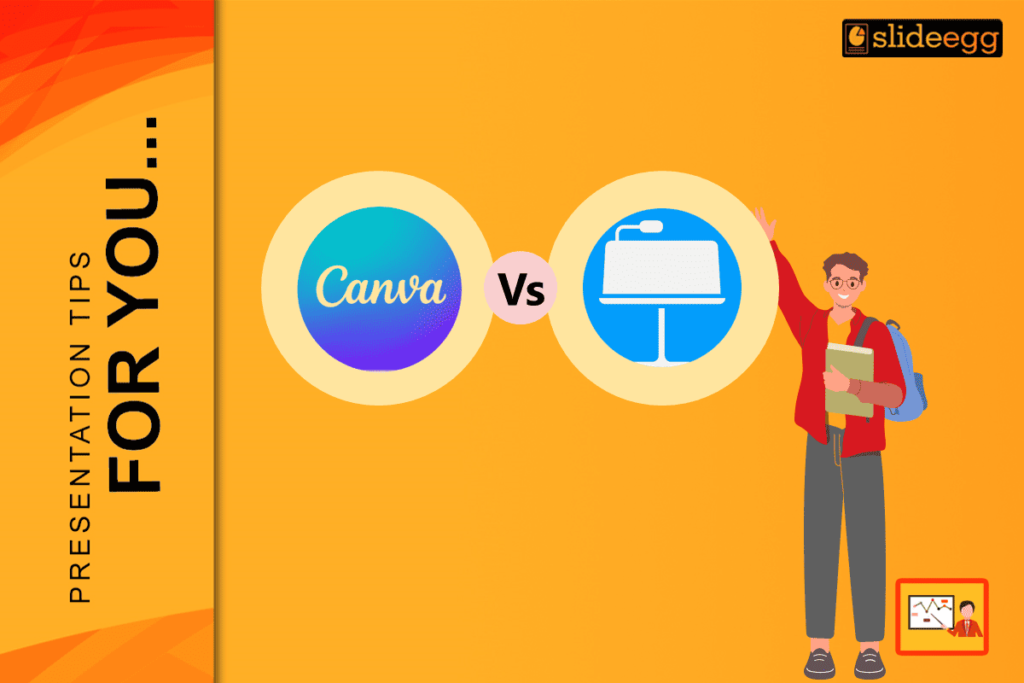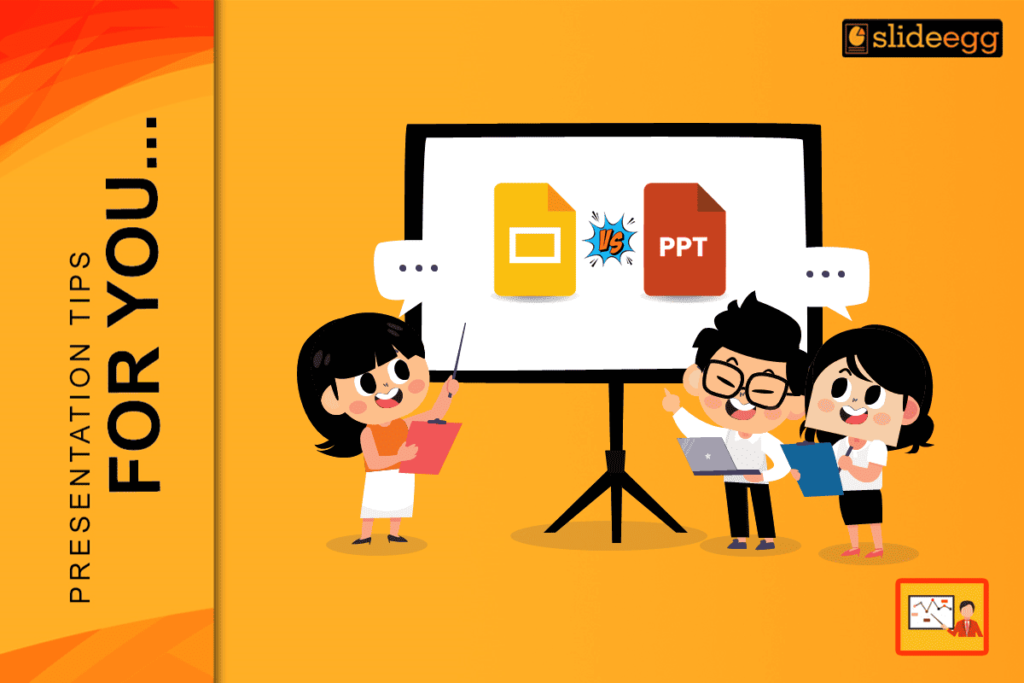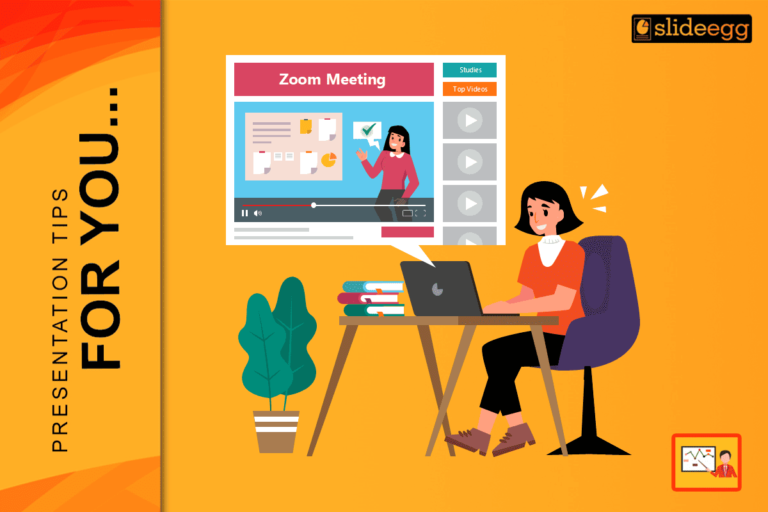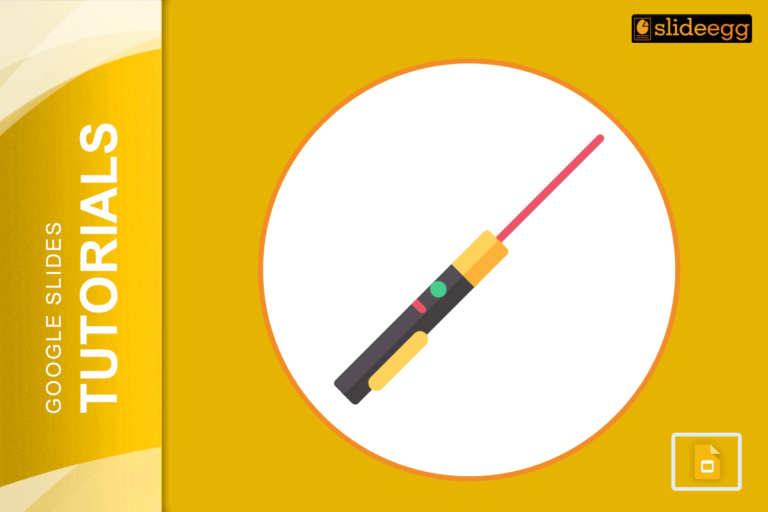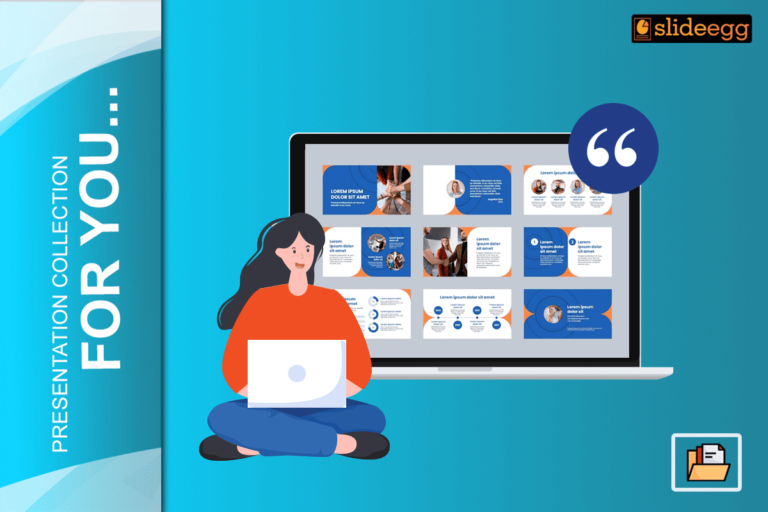A significant first step towards creating a great lesson plan presentation is vital to any teacher who wants his lesson to make an impact on the learners. It does not matter if you are starting a new topic or revising what was taught before, a proper and effective lesson plan helps keep order in your classroom and make your learners meet the learning outcomes set for them. This lesson plan presentation guide outlines steps to the presentation process such as basic components of the presentation, some useful tips, and more importantly the advantages of incorporating modern technologies such as smart whiteboards.
Why Lesson Plans Matter?
To appreciate what is explained in the subsequent sections on how to go about the lesson plan, there is a need to first establish why the lesson plan is central to teaching.
1. Enhanced Classroom Management
It is noticed that when there is a well-structured plan the management of the classroom becomes easier. Of course, when you define the objectives and methods in advance, you can think through possible difficulties in their achievement and select the proper teaching approaches then. Such preparation helps to always keep the focus and efficiency in learning especially, when teaching in the classroom, hybrid or virtual space.
Tip: To achieve a more professional look and feel, education professionals use free PowerPoint templates that enables them to create neatly laid out slides with appropriate graphics in support of the learning goals.
2. Student Success
Organization of lean content ensures that the students enjoy and understand the lessons being taught. Proper setting of goals and especially the way the different activities are laid down increase chances of student success. As a result, motivation and performance improve if students are able to see an easier plan of what is expected of them in terms of learning and accomplishment.
3. Teacher Effectiveness
Lesson plans therefore play an important role in the development and assessment of teachers’ professionalism. It’s a tool for evaluating all your teaching approaches and in case of an evaluation, it acts as a record of planning and preparation. Furthermore, they are useful for future lessons and can be developed further when the students’ feedback and learning results are taken into consideration.
4. Effective Student Assessment
Lesson plans also make it easy to give a proper assessment based on the student’s performance. When assessments are made in tune with the lesson objectives, the result obtained can better depict the students’ understanding and learning process. This alignment proves useful in developing formative and summative forms of assessments that can include quizzes and tests, and assignments among others based on the lesson-learning objectives.
First of all, it is vital to define what a lesson plan is and secondly, it is important that one is able to come up with the lesson plan well and clearly.
A lesson plan contains several factors which need to be followed. Here’s a step-by-step guide to developing an effective lesson plan:
1. Introduction
Begin with engaging the class in the topic or subject to be taught. This segment should also give a brief of what is going to happen in the lesson as well as pave the way for the day’s lesson. Design a captivating and informative title that will make one want to stick through the lesson and a brief minute summary reflecting what the student will be taught.
2. Lesson Objectives
Determine behaviorally the goals of the lesson. Such objectives should be clear and specific, easily quantifiable, and productivity-oriented. You have to specify what you would like the students to know and what they should be able to do by the end of the particular lesson. That is, rather than say, ‘Students will learn about photosynthesis’, be more specific and write ‘Students will be able to explain the process of photosynthesis and its relevance to plant life.
3. Learning Activities
Explain what actions will be beneficial to accomplish the goal and objectives of the lesson. E-mail: A teacher uses e-mail to communicate with the students, share lesson content, and complete other assessments In terms of the learning objectives, e-mail is very helpful in a way that it helps the teacher put across a lesson plan or content in a lesson as well as help complete with other forms of assessments. Include strategies of teaching that implement the use of group discussions, experiments, exposures to ICT, and multimedia aids to crack the code because of learner differences.
Another set of useful tools for improvement of the learning process is teaching PowerPoint templates It is worth to mention that there are special teacher PowerPoint templates for educators who can find there ready-made layouts that can be helpful, while creating the lessons.
4. Practice and Application
Encourage the students to apply what they have learned in practical problems where necessary. This may be an individual or group assignment in which students are encouraged to demonstrate knowledge of the content taught in class. Practice activities aid in the reinforcement of what has been learned, and do provide some as to as to how the students understand the material that has been taught.
5. Assessment
Explain how you are going to assess whether or not the students have grasped well what you are teaching them. Some of the techniques could be question and answer sessions, writing down answers, or even displaying some actions. Make sure that when you are giving the assessments they correspond to the objectives of the lesson and that they enable you to have an overall view of the students’ performance.
6. Reflection
Add a scaffold that would include a focus on grouping or partnering students, cooperative learning strategies, and experiences to ponder on the lesson learned. That is why at the end of the lesson, it is useful to identify what seemed effective, and what can be further reworked. It also assists in modifying educators’ future lesson plans or their approach toward the students in class.
Final Thoughts
Creating an effective lesson plan presentation is a fundamental aspect of successful teaching. By following a structured approach and incorporating modern technology, you can enhance the learning experience for your students and achieve your educational goals. Remember, a well-prepared lesson plan not only benefits your students but also supports your growth as an educator. Embrace the tools available to you, and continue refining your lesson planning skills to provide impactful and engaging lessons.
By taking these steps, you will ensure that your lessons are not only informative but also engaging, paving the way for a successful teaching experience.
